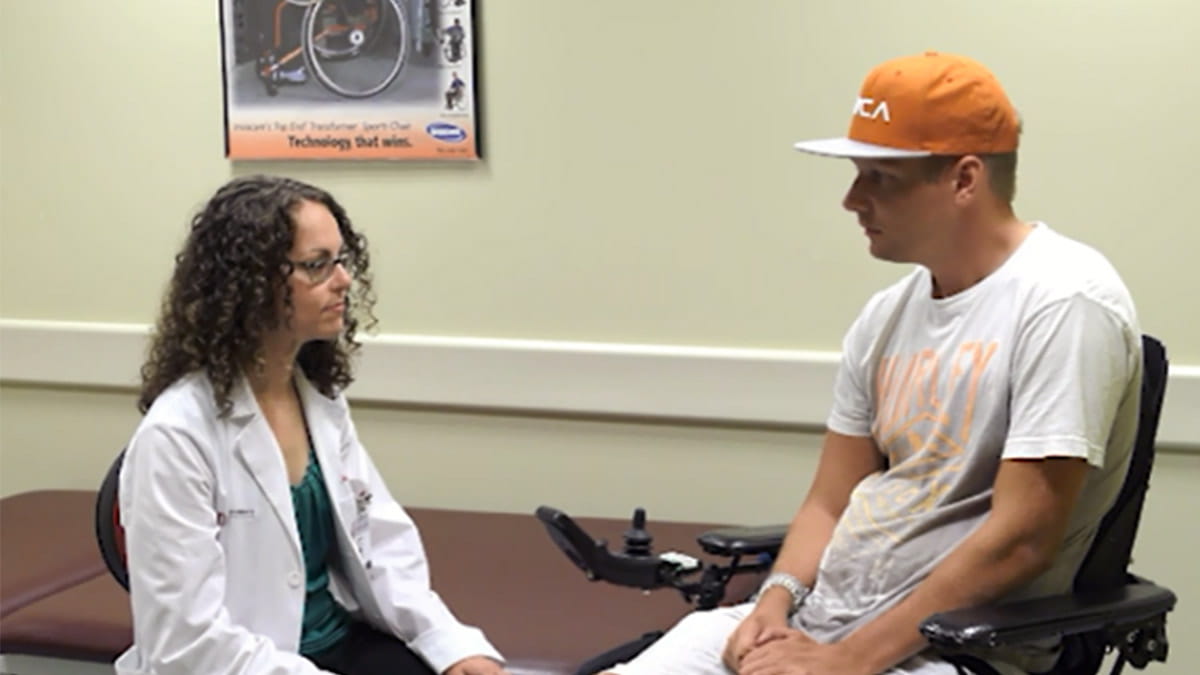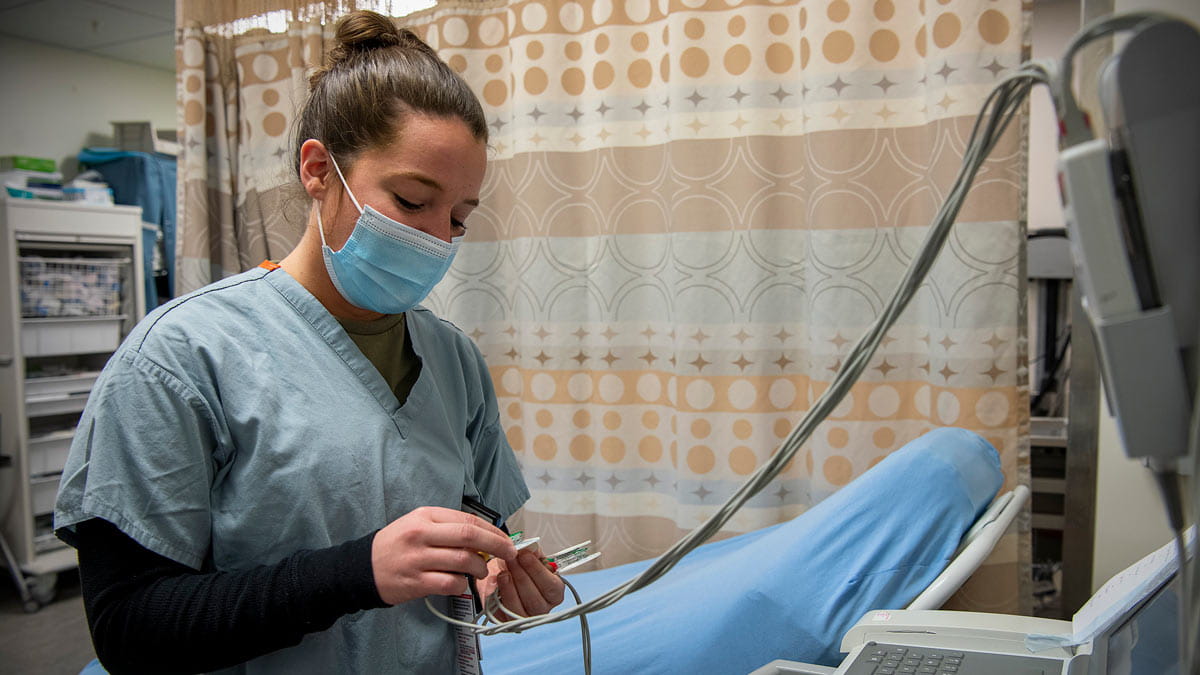Seeing developmental disability through the lens of diversity improves competence and patient care
 As humans, we all have implicit biases — negative attitudes, preferences and beliefs about different races, ages, genders and abilities — that exist without our conscious knowledge. These biases develop through exposure to direct messages and from stereotypes that we pick up from watching TV, movies or other media. Interactions between patients and medical students, physicians and health care workers are impacted by implicit bias and can lead to life-threatening consequences.
As humans, we all have implicit biases — negative attitudes, preferences and beliefs about different races, ages, genders and abilities — that exist without our conscious knowledge. These biases develop through exposure to direct messages and from stereotypes that we pick up from watching TV, movies or other media. Interactions between patients and medical students, physicians and health care workers are impacted by implicit bias and can lead to life-threatening consequences.
According to Susan Havercamp, PhD, professor of Psychiatry and Behavioral Health at The Ohio State University College of Medicine, there is another aspect to implicit bias that compounds health inequity — ableism, or the unconscious belief that people with disabilities have a lower quality of life, are less capable and contribute less to society. People with intellectual and developmental disabilities are deeply impacted by limiting beliefs and low expectations. In fact, ableism affects the level and type of care patients with developmental disabilities receive from well-meaning providers.
“Health care providers may not be aware that they have bias or treat disabled patients differently,” Dr. Havercamp says. “But there is strong evidence that differences in care and different health care decisions are being made for patients with limitations in mobility, seeing, hearing, thinking and learning.”
Dr. Havercamp directs the Health Promotion and Healthcare Parity Program at the Nisonger Center for Excellence in Developmental Disabilities at The Ohio State University. She says the consequences of these attitudinal and systemic barriers lead to serious health care inequities among people with disabilities compared to the nondisabled population.
“People with disabilities have worse health, experiencing more preventive conditions that are not related to their disability,” Dr. Havercamp says. “They experience higher rates of hypertension, diabetes and mental health conditions.”
This is why leaders, educators and medical students at the Ohio State College of Medicine continue to work together to ensure curriculum confronts bias, builds personal awareness and trains the next generation of health care providers to patients with disabilities, as well as with other underserved groups. Dr. Havercamp says that lifting the veil of implicit bias is the first step in the process.
“The real work is challenging these biases and assumptions,” Dr. Havercamp says. “And arming students with the skills to fight these assumptions and change behavior.”
There is strong research that shows that simple cognitive strategies can effectively challenge biased and racist thoughts in the moment, and can lead to new actions, thoughts and behaviors.
“This thought cycle becomes habit and new habits affect behavior,” Dr. Havercamp says. “Then we can recognize and stop ableist thoughts and behaviors.”
Disability content in all four years of medical education prepare medical students to provide disability competent health care. Students learn from people with disabilities, developing communication skills and getting comfortable with this population. In one encounter, students participate in simulated patient encounters, patient panels and community service with adults with disabilities, learning about access barriers to health care but also about the careers, families and lives of their “patients” with disabilities. Considering 25% of the American population lives with some type of disability, there is much to learn, inside and outside the classroom.
Christine Chilaka, MD, a recent graduate of the college, knows firsthand that illness and medical conditions present differently in people with disabilities. Her sister has autism and is nonverbal. Growing up, advocating on her behalf was part of her role as big sister. So was ensuring her sister stayed up to date on routine care such as immunizations and flu shots. She explains how on the day of her sister’s yearly check-up, her sister was experiencing sensory overload and getting her flu shot was out of the question. They would have had to physically restrain her to administer the shot.
“There are ways to work with this community of patients,” Dr. Chilaka says. “You have to be willing to take the time and have some training and confidence to back you up.”
Dr. Chilaka says that physicians also need training that teaches them what illnesses, from appendicitis to depression, look like in different patient populations because symptoms might show up as aggression as opposed to pain or lethargy depending on the patient. Learning about the complexity of treatment of this patient population in order to advocate for patients among other health care providers is also key.
The Leadership Education in Neurodevelopmental and Related Disabilities (LEND) program is housed in Ohio State’s Nisonger Center and is funded by the Maternal and Child Health Bureau. While navigating the rigors of medical school, Dr. Chilaka completed a LEND fellowship where she developed and implemented a health education curriculum for students receiving special education services in Columbus City Schools.
Dr. Chilaka developed “Rising Up Strong,” a wellness educational program that engaged students on healthy behaviors and healthy choices, which was tailored for special needs classrooms. She adapted an existing evidence-based curriculum developed by Dr. Havercamp to deliver a two-week summer program that was then expanded to throughout the school year.
“The program empowered students to examine the choices they make on a daily basis,” Dr. Chilaka says. “One student decided to not eat so much candy!”
As the college continues to keep pace with the ever-changing field of medicine, it is committed to ensuring future physicians have the training and the heart to take care of diverse patient populations who are underserved in our community.



